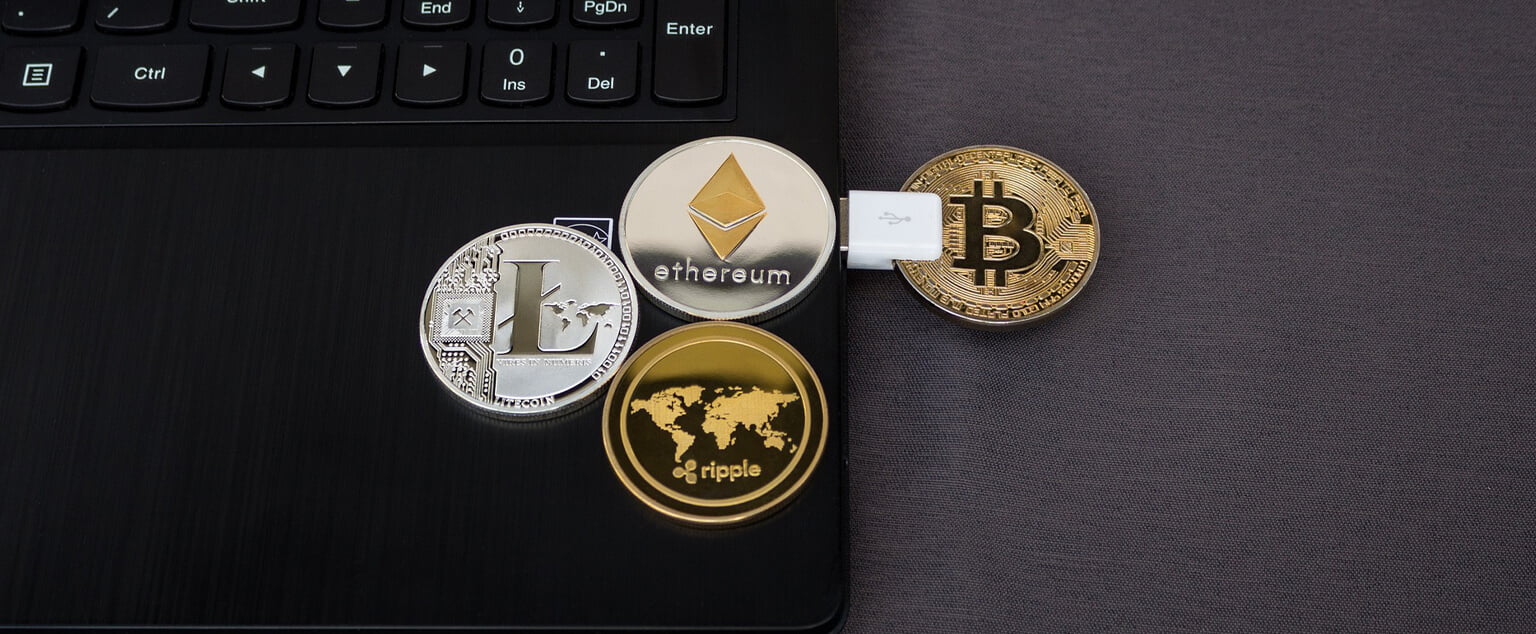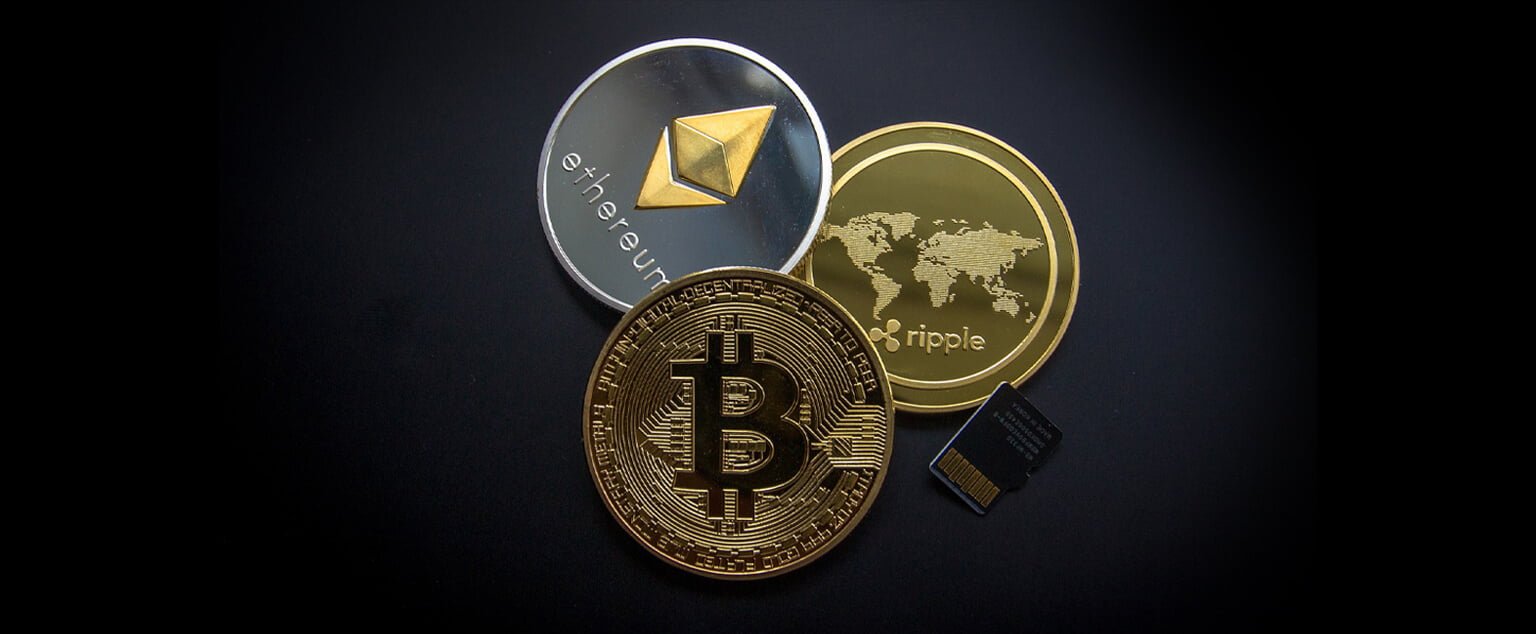Bitcoin (BTC) was not only the first cryptocurrency, but it is also the most well-known of the more than 19,000 cryptocurrencies in existence today. Each new dramatic high and stomach-churning decline is eagerly covered by financial media, making Bitcoin an unavoidable part of the landscape. While Bitcoin’s wild volatility makes for great headlines, it is hardly the best choice for novice investors or those looking for a stable store of value.
What is Bitcoin?
Bitcoin is a decentralized digital currency that can be bought, sold, and exchanged without the use of an intermediary such as a bank. Satoshi Nakamoto, the creator of Bitcoin, originally described the need for “an electronic payment system based on cryptographic proof rather than trust.”
Every Bitcoin transaction ever made is recorded on a public ledger that is accessible to everyone, making transactions difficult to reverse and difficult to forge. This is by design: Bitcoins are not backed by the government or any issuing institution, and there is nothing to guarantee their value other than the proof baked into the system’s heart.
Bitcoin’s value has risen dramatically since its initial public offering in 2009. Although it once sold for less than $150 per coin, 1 BTC is now worth around $30,200 as of June 8, 2022. Because its supply is limited to 21 million coins, many expect its price to rise over time, particularly as more large institutional investors begin to treat it as a sort of digital gold to hedge against market volatility and inflation. There are currently over 19 million coins in circulation.
How does Bitcoin work?
Bitcoin is based on a distributed digital ledger known as a blockchain. Blockchain, as the name implies, is a linked body of data made up of units called blocks that contain information about each transaction, such as date and time, total value, buyer and seller, and a unique identifying code for each exchange. Entries are linked in chronological order to form a digital chain of blocks.
Blockchain is decentralized, which means that no single organization controls it. While the idea that anyone can edit the blockchain may appear risky, it is precisely this feature that makes Bitcoin trustworthy and secure. To be added to the Bitcoin blockchain, a transaction block must be verified by the majority of all Bitcoin holders, and the unique codes used to identify users’ wallets and transactions must follow the correct encryption pattern.
These codes are long, random numbers that are extremely difficult to create fraudulently. The level of statistical randomness in blockchain verification codes, which are required for every transaction, greatly reduces the risk that anyone can commit fraud with Bitcoin.
How does Bitcoin mining work?
The process of adding new transactions to the Bitcoin blockchain is known as mining. It’s a difficult job. Bitcoin miners employ proof of work, deploying computers in a race to solve mathematical puzzles that verify transactions.
The Bitcoin code rewards miners with 6.25 BTC for each new block to entice them to keep racing to solve the puzzles and support the overall system. That amount of BTC is roughly $190,000.
In the early days, the average person could mine Bitcoin, but that is no longer the case. The Bitcoin code is designed to make solving its puzzles more difficult over time, necessitating more and more computing resources. To be successful today, Bitcoin mining requires powerful computers and access to massive amounts of cheap electricity.
Bitcoin mining is also less profitable than it once was, making it even more difficult to recoup rising computational and electrical costs.
How to use Bitcoin?
Bitcoin is commonly used as an alternative investment in the United States, helping to diversify a portfolio away from stocks and bonds. You can also use Bitcoin to make purchases, but only a few vendors accept the original cryptocurrency.
Microsoft, PayPal, and Whole Foods are just a few examples of large companies that accept Bitcoin. You might also find that some small local retailers or websites accept Bitcoin, but you’ll have to look around.
You can also use a service that allows you to link a debit card to your cryptocurrency account, allowing you to use Bitcoin in the same way that you would a credit card. In most cases, this entails a financial provider instantly converting your Bitcoin into dollars.
How to buy Bitcoin?
The majority of Bitcoin purchases are made through cryptocurrency exchanges. You can buy, sell, and hold cryptocurrency on exchanges. Opening an account is similar to opening a brokerage account in that you must verify your identity and provide some form of funding, such as a bank account or debit card.
Coinbase, Binance, Kraken, and Gemini are all major exchanges. You can also purchase Bitcoin through an online broker such as Robinhood. Regardless of where you purchase your Bitcoin, you will require a Bitcoin wallet to store it. This is known as a “hot wallet” or a “cold wallet.”
A few points to consider before purchasing Bitcoin: While Bitcoin is expensive, some vendors offer fractional Bitcoin. Fees, which are generally small percentages of your cryptocurrency transaction amount but can add up on small-dollar purchases, should also be avoided. Finally, unlike many other equity purchases, Bitcoin purchases are not instantaneous. Because Bitcoin transactions must be verified by miners, it may take 10 to 20 minutes for your Bitcoin purchase to appear in your account.
How to invest in Bitcoin?
Bitcoin, like stocks, can be purchased and held as an investment. You can even do so in Bitcoin IRAs, which are special retirement accounts.
People’s approaches to investing in Bitcoin differ depending on where they keep it: Some people buy and hold for the long term, while others buy with the intention of selling after a price rally, and still others bet on the price falling. Bitcoin’s price has fluctuated dramatically over time, reaching as low as $5,165 and as high as $28,990 in 2020 alone.
Bitcoin is similar to a single stock, and advisors would not advise putting a large portion of your portfolio into any one company. If you’re passionate about Bitcoin, planners recommend putting no more than 1% to 10% of your money into it.







Can you tell me what is the best crypto exchange?
As I mention above Coinbase, Binance, Kraken, and Gemini are all major exchanges. Personally I use Binance.
[…] Bitcoin (BTC) is the original cryptocurrency, created in 2009 by Satoshi Nakamoto. BTC, like most cryptocurrencies, is based on a blockchain, which is a ledger that records transactions across a network of thousands of computers. Bitcoin is kept secure and safe from fraudsters because additions to distributed ledgers must be verified by solving a cryptographic puzzle, a process known as proof of work. […]
[…] Bitcoin and Ethereum are the most popular cryptocurrencies, accounting for roughly 60% of the global cryptocurrency market capitalization. In the last five years, the price of Ethereum has increased 453%. This is more than Bitcoin, which has increased by more than 431% during the same time period. […]